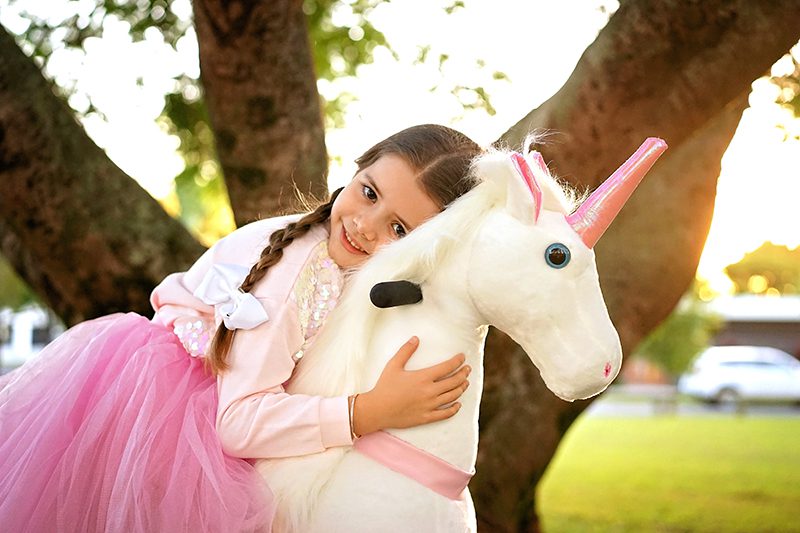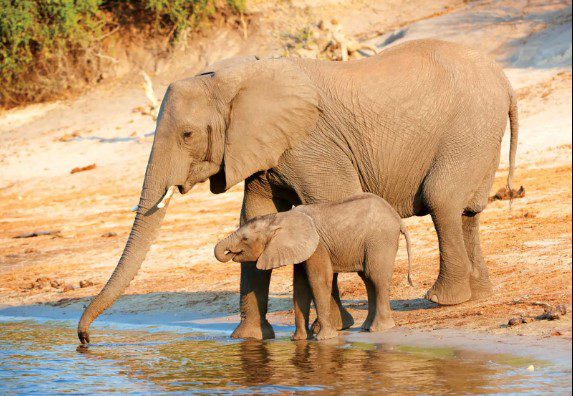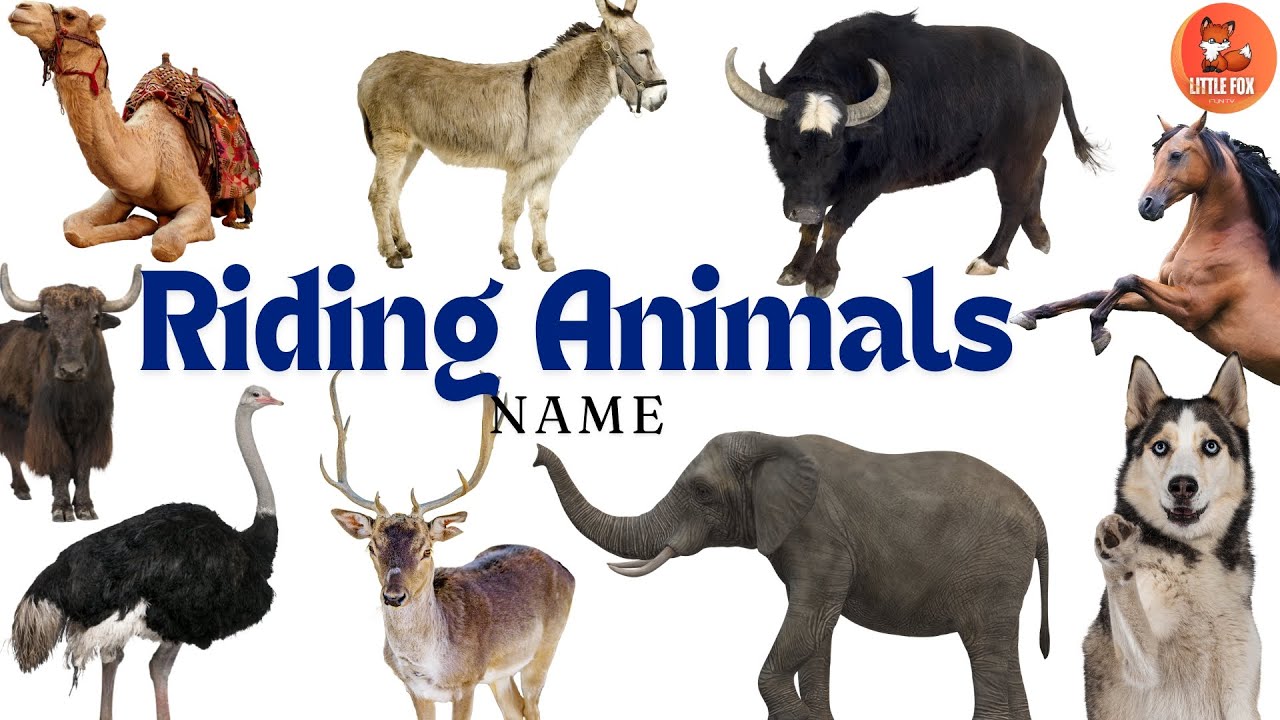Top 10 Animals You Can Ride

Introduction
Since the dawn of civilization, humans have relied on animals not just for food and companionship, but also for transportation. Long before engines roared or wheels rolled, the power of muscle and hoof was the primary means of travel. Across continents and cultures, people found innovative ways to tame and ride animals suited to their environments—whether crossing arid deserts on camels or scaling rugged mountains on yaks. While the horse is often the first creature that comes to mind, it’s far from the only animal humans have saddled up. Some of these rideable species have become iconic symbols of specific regions, while others are lesser known but no less fascinating.
This list explores ten of the most notable animals you can ride—ranked not just for how rideable they are, but also for their historical importance, cultural value, and sheer uniqueness. Saddle up—this is going to be a wild ride.
Horse
The horse is hands-down the most iconic riding animal in human history. Domesticated over 5,000 years ago, horses have been central to transportation, agriculture, warfare, and sport. From medieval knights to modern-day cowboys, horses have shaped entire cultures. They come in various breeds, each suited for different types of riding—racing, herding, long-distance travel, and more. Their speed, strength, and intelligence make them the gold standard when it comes to rideable animals.
Camel
Nicknamed the “ship of the desert,” camels are perfectly adapted for life in arid, unforgiving environments. With their wide feet, water-storing bodies, and incredible endurance, they’ve long been the primary mode of transport across the Middle East, North Africa, and Central Asia. There are two main types: the one-humped dromedary and the two-humped Bactrian. Whether carrying travelers, traders, or warriors, camels have been essential for desert survival for thousands of years.

Elephant
Riding an elephant is a majestic experience rooted in centuries of tradition, especially across South and Southeast Asia. These massive animals were once used in warfare, religious ceremonies, and logging. Known for their intelligence and strength, elephants can carry heavy loads over difficult terrain. Today, elephant riding is mostly limited to tourism, and it’s increasingly controversial due to concerns over animal welfare. Still, their historical significance as rideable animals is undeniable and deeply ingrained in many cultures.
Donkey
Donkeys may not have the grandeur of horses or elephants, but they’re among the most dependable animals you can ride. Hardy, sure-footed, and incredibly resilient, donkeys have been trusted companions in regions with tough terrain and limited resources. They’re especially valued in rural and mountainous areas across the Middle East, Africa, and Latin America. While they may be smaller and slower than horses, donkeys are known for their calm temperament and ability to carry both people and goods efficiently.
Mule
A mule is the offspring of a male donkey and a female horse, combining the best traits of both parents. Known for their strength, endurance, and calm demeanor, mules are popular in mountainous and rugged regions where sure-footedness matters. They’re less likely to spook than horses and can carry heavy loads for long distances. While not as fast as horses, mules are excellent for trail riding, pack trips, and farming work, especially where reliability outweighs speed.
Yak
In the towering mountains of Tibet, Nepal, and Mongolia, yaks are the go-to rideable animals. Their thick fur and robust physiology make them ideal for high altitudes and freezing temperatures. While they’re primarily used for hauling goods and producing milk or wool, yaks are also ridden, especially by nomadic communities. They may not be fast, but they’re incredibly strong and steady—perfect for navigating icy slopes and rocky trails where other animals might falter.
Reindeer
Used by Arctic and sub-Arctic peoples like the Sámi of Scandinavia and the Nenets of Siberia, reindeer are surprisingly rideable. Though they’re more commonly associated with sled pulling, they can be ridden short distances, particularly across snowy landscapes. Reindeer are hardy, well-adapted to extreme cold, and essential to the survival of indigenous communities. Riding one is not exactly like galloping on a horse, but it’s a practical and culturally rich way to travel through the tundra.

Llama
Native to the Andes Mountains of South America, llamas are mostly known as pack animals, but they can also be ridden—though typically only by children or smaller adults. Gentle, intelligent, and social, llamas are valued for their endurance on steep, narrow trails where wheeled transport is impossible. While not built for speed or heavy loads, they play an important role in Andean communities, especially where other animals would struggle with the altitude and terrain.
Water Buffalo
In parts of Southeast Asia and rural China, water buffalo are indispensable work animals—and yes, occasionally rideable too. Used primarily in farming, especially for plowing rice fields, these massive animals are incredibly strong and accustomed to swampy or muddy terrain. While not particularly fast or comfortable for long rides, they are reliable for short-distance travel or hauling. In some regions, children ride them to and from fields, blending practicality with cultural tradition.
Ostrich
It might sound bizarre, but ostrich riding is a real (though niche) activity, especially in parts of Africa like South Africa. Ostriches are the fastest two-legged animals on land and can reach speeds of up to 60 km/h (37 mph). While their strong legs can support the weight of a small adult, ostrich riding is mostly done for sport or novelty rather than practical transport. It’s risky, unpredictable, and controversial, but undeniably one of the most unique ways to ride an animal.
Conclusion
From dependable donkeys to high-speed ostriches, the world of rideable animals is far more diverse than most people realize. These creatures have helped humans conquer deserts, mountains, forests, and tundras—not just as beasts of burden, but as partners in exploration and survival. While some animals on this list are still widely used today, others are part of fading traditions or controversial practices. Regardless, they each tell a story about human adaptability and our enduring bond with the animal kingdom.
You Can Also Read: Top 10 Best Farm Animals
FAQS
Which animal is best to ride?
Horse, elephant, camel, donkey and yak are used for riding.
Which pet is best for Travelling?
Fish. Fish are the easiest pets to care for because they don’t require too much from you other than regular feedings and a clean bowl or tank.
Which animal is faster than a car?
cheetahCheetah (Acinonyx jubatus) running in Kenya. Capable of going from 0 to 60 miles per hour in less than three seconds, the cheetah is considered the fastest land animal, though it is able to maintain such speeds only for short distances.
Can you ride a zebra?
In conclusion, while it may be possible to ride a zebra, it is not recommended. Zebras are wild animals and are not domesticated like horses. They have a different anatomy and gait, which can make them uncomfortable to ride, and it can be dangerous for both the rider and the animal.
Is Usain Bolt faster than a cheetah?
The world is a buzz with the Olympics and world record holder Usain Bolt. While Usain Bolt might be the fastest human, he doesn’t hold a candle to Sarah, an 11-year-old cheetah living at the Cincinnati Zoo.

[…] You Can Also Read: Top 10 Animals You Can Ride […]